On Sunday, November 14, 2021, NFL quarterback Cam Newton returned to the field with the Carolina Panthers. Earlier this week, the Panthers signed the veteran player after the team's starting quarterback went down with an injury. What made the signing so special was the fact that the Carolina Panthers drafted Newton as number one overall in the 2011 NFL draft. For eight years, Newton played the lead role as quarterback for the Panthers. In 2015, he won the NFL Most Valuable Player Award (MVP), and he led his team to the Superbowl. However, the Panthers lost the match.
After the 2019 season, the Panthers released Newton. He spent a year with the New England Patriots, but that team released Newton before the start of the 2021 season. Newton was out of football for several weeks before signing with his old team.
On Sunday, Newton scored on his very first game. After running into the endzone, he took off his helmet and shouted "I'm back!" Newton later threw a touchdown pass to wide receiver Robby Anderson. The Panthers won the match 34-10.
Cam Newton's return to the Carolina Panthers, the team that originally met him, is almost too good to be true. It was almost like a Hollywood movie. His return also ranks among the best individual sports returns or comebacks in history. This article will explore some of these inspiring moments. We start in the world of boxing.
Muhammad Ali:1974
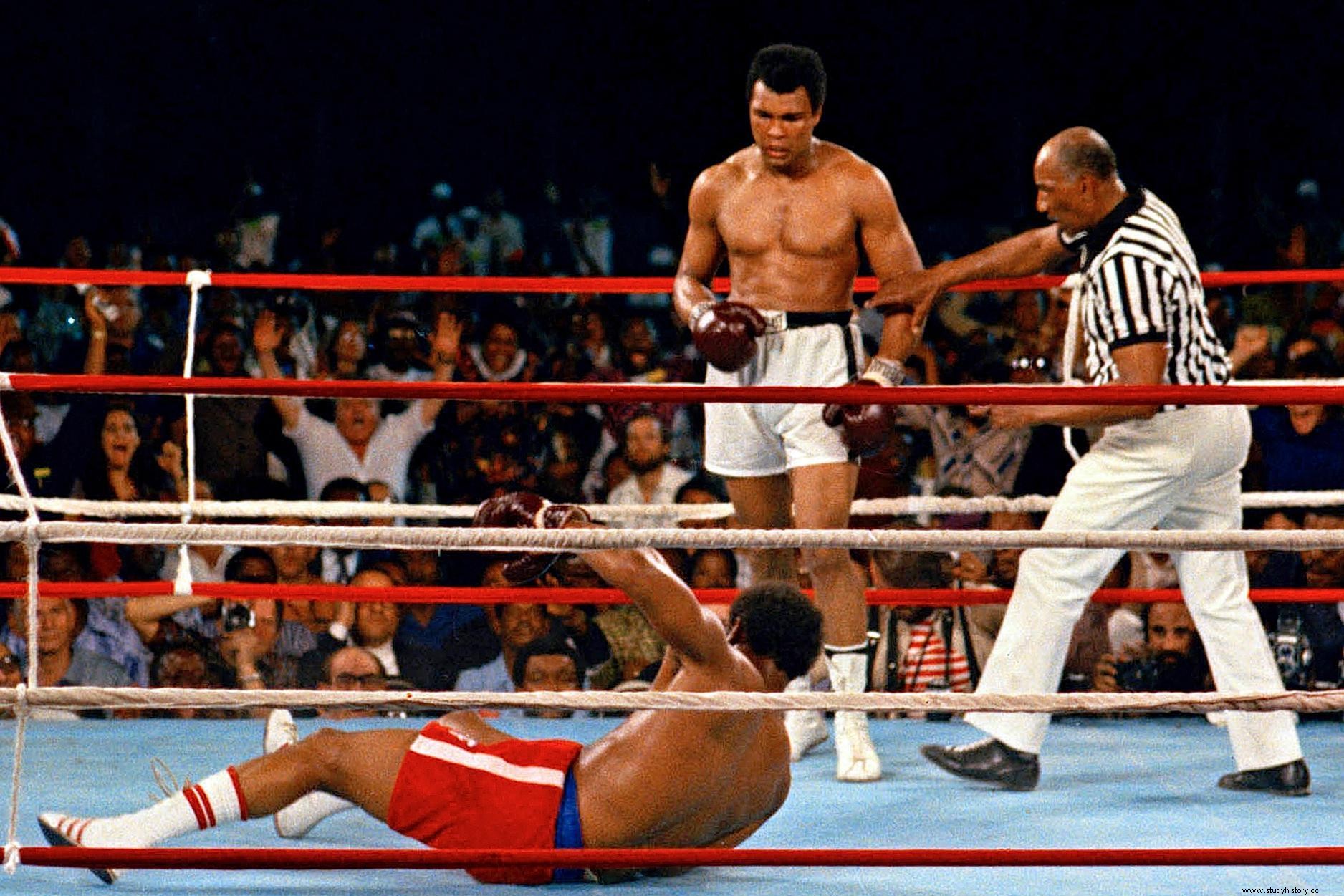
Often seen as the "Athlete of the Century", Muhammad Ali is without a doubt the greatest boxer of all time. In 1964, Ali (then known as Cassius Clay) defeated heavyweight champion Sony Liston in a battle many thought Liston would easily win. After the victory, Ali defended his heavyweight championship belt against a number of challengers. In each defense, Ali displayed his incredible boxing style.
He had speed and agility never seen before in a heavyweight boxer. Often, Ali's opponents failed to hit him as he skillfully avoided their blows and fired back with his own. In 1967, it looked like Ali's championship period would last for years. However, it ended abruptly when Ali refused to be drafted into the US Army. Ali applied for conscientious objector status based on his religion (a form of Islam preached by The Nation Of Islam). However, his application was rejected, and Ali was deprived of his belt and boxing license. He was effectively banned from the sport.
Exile and return
Ali's exile robbed him of his athletic excellence and source of income. He became a public speaker, and appeared at various benefits and universities. At the same time, he acted to get the boxing license back. In 1970, Ali finally won the right to box again. He scored two relatively easy victories against Jerry Quary and Oscar Bonavena. However, he lost the "Battle of the Century" to the champion, Joe Frazeir. After that loss, Ali won matches against weaker opponents. But he was also shockingly defeated by underdog Ken Norton. At the time, it seemed like Ali was almost done.
Rumble in the Jungle
In 1974, George Foreman was world heavyweight champion. He had devastating knockout power, which he showed in victories against Joe Frazeir and Ken Norton. After defeating Frazier in their second match, Ali secured a title shot against Foreman. The match was to take place in Kinshasa, Zaire, Africa. The 25-year-old hard-hitting Foreman was strongly favored against the 32-year-old Ali. Many thought Forman would secure another easy knockout.
As the match began, Ali struck Foreman repeatedly with his right hand. This overwhelmed the champion. However, Forman soon calmed down and threw wild, violent blows at Ali. Ali then went into his special strategy, now known as rope-a-dope. Ali mainly leaned on the ropes and covered while Foreman threw heavy blows. Most of the blows landed on Ali's arms or body, and eventually Foreman became tired. As the match progressed and Foreman got tired, Ali increased his strokes. Then, in the eighth round, Ali released a quick combination that caused Foreman to fall on the screen. He failed to beat the count, and Muhammad Ali became the new heavyweight champion in the world.
An iconic return
Ali's victory over Foreman is one of the greatest sporting returns in history. Just as he shocked the world in 1964, Ali overwhelmed everyone by defeating George Foreman. After being stripped of the championship in 1967, it was poetic justice that Ali returned to take it with a knockout victory.
Eric Berry:2015
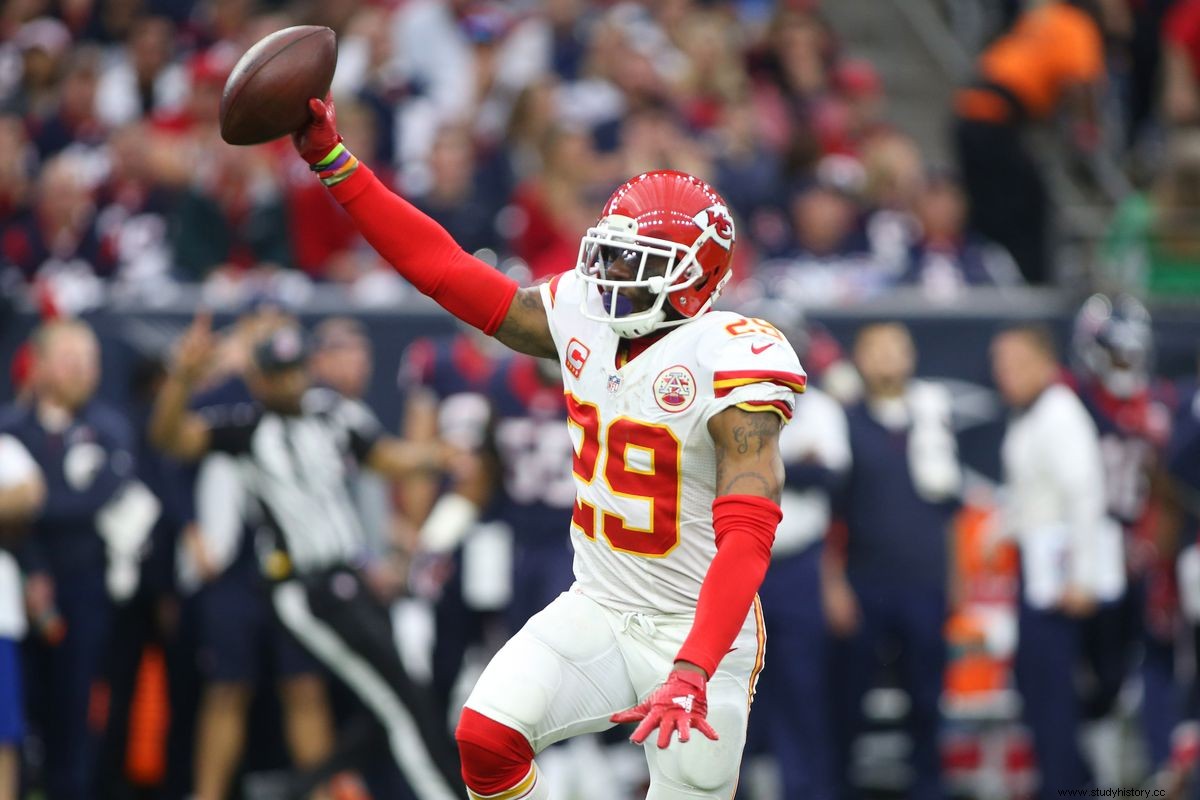
Eric Berry is a retired American football player who played in the NFL from 2010-2018, all with the Kansas City Chiefs. He played the defensive back position, and he was considered one of the best players in his position. For four years, he played the lead role in his role for the Chiefs, and helped the team reach the playoffs in 2013. But in 2014, his career almost ended. December 8, 2014, the doctors found a lot in Berry's chest. He was diagnosed with Hodgkin's lymphoma. The bosses removed Berry from his active list to begin treatment. Fortunately, Berry's diagnosis was not life-threatening and was easy to treat with chemotherapy.
Berry's Return
Nine months after his initial diagnosis, Berry was cleared to resume football activities. Berry returned full-time to the Chiefs for the 2015 NFL season. He played exceptionally well. That was if he never had cancer at all. Week after week, Berry raised his already amazing playing skills. He ended the 2015 season with 61 combined tackles, ten passing deflections and two interceptions. Berry also led the Chiefs to the playoffs. He helped the Chiefs win their first playoff game before losing the following week to the New England Patriots. For his season, Berry was named NFL Comeback Player of the Year.
What makes Eric Berry's return so remarkable is the fact that he was diagnosed with Hodgkin's lymphoma, a deadly form of cancer. Most football players experience season-ending injuries that tore the ACL. Although these injuries are devastating, they are not life threatening. Eric Berry faced a life-threatening illness, and he managed to beat it. Coming back less than a year later and playing at a high level is a fantastic achievement.
Tiger Woods:2019
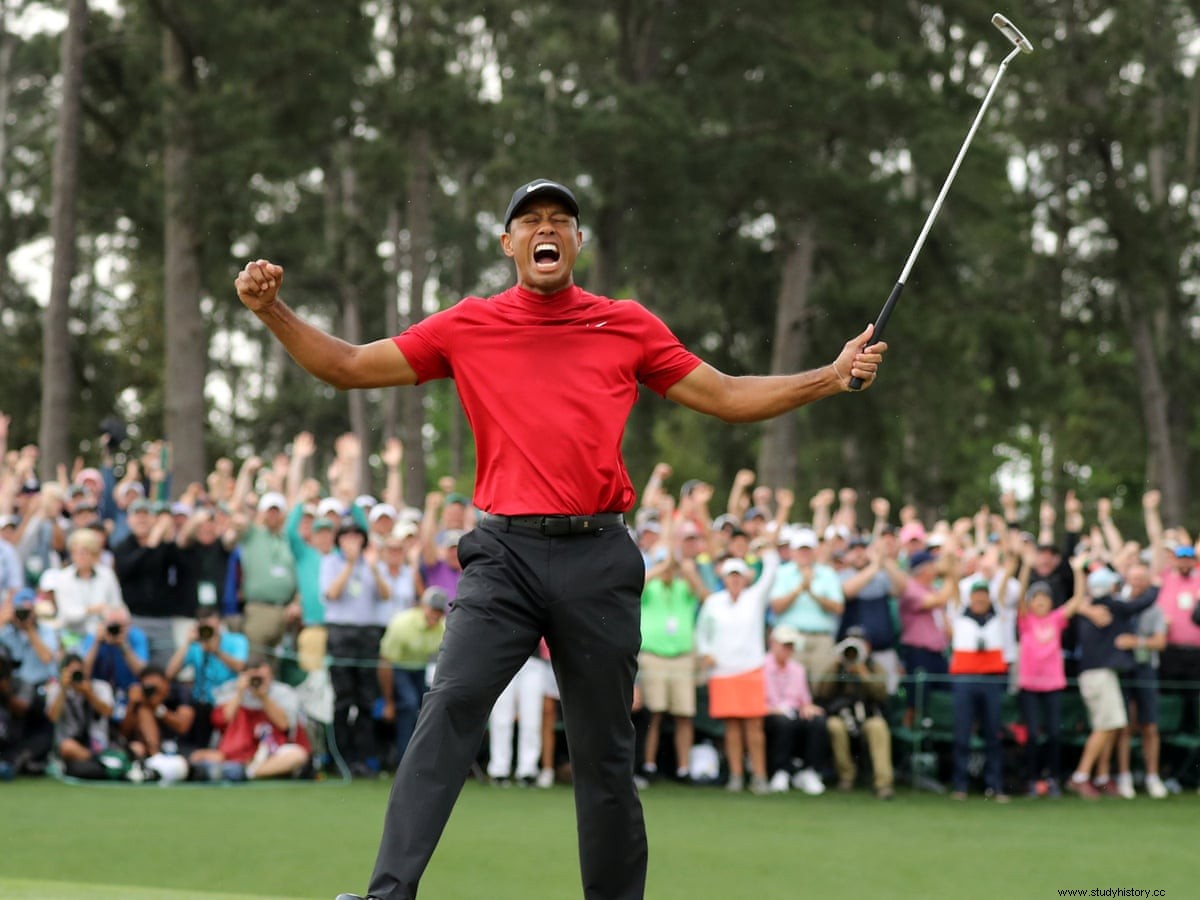
As soon as he became a professional in 1996, Tiger Woods took the golf world by storm. By the end of 1997, the 21-year-old Woods had won three PGA events in addition to his first major golf event, the 1997 Masters. He won that event by 12 strokes, which broke the previous record. Throughout the 2000s, Woods dominated the golf scene. He won several Masters tournaments and PGA Championships. On two separate occasions, he was ranked as the best golfer in the world:from 1999-2004 and 2005-2010. Woods also became the face of professional golf. Millions of people around the world loved him. He signed approval agreements with Nike and Titleist. These deals earned Woods millions of dollars.
However, Tiger Woods' success collapsed in 2009. It is rumored that Woods had an affair with a nightclub manager in New York City. First, Woods denied the allegations, arguing for his and his family's privacy. But in the end, Woods admitted several infidelities. As a result, several companies terminated their sponsorship agreements with Woods. As his personal life crumbled, so did Woods' golf career. His game suffered due to various injuries, and he dropped out of the top world rankings. Further damage to Wood's career was a DUI arrest in 2017. With all these setbacks, it looked like Wood's career would never recover.
The 2019 masters
In 2018, Woods embarked on a career comeback. His goal was to return to the top of the golf world. While showing glimpses of his former self, he continued to struggle. Woods, however, showed slow signs of improvement. At the PGA Championship in 2018, he finished in second place, which was his best finish since 2009. This set up his return to the 2019 Masters Tournament. At first Woods deleted, but the fortune turned on the 12th hole. On the fifteenth hole, Woods tied for first place with five other players. He finally secured a one-shot victory. When Woods' last shot went into the hole, the crowd cheered as Woods celebrated.
Tiger Woods victory in the 2019 Masters Tournament was his 15th victory in the championship. His victory erased some of his previous fights and brought him back to a prominent place in the golf world.
Monica Seles:1995-1996
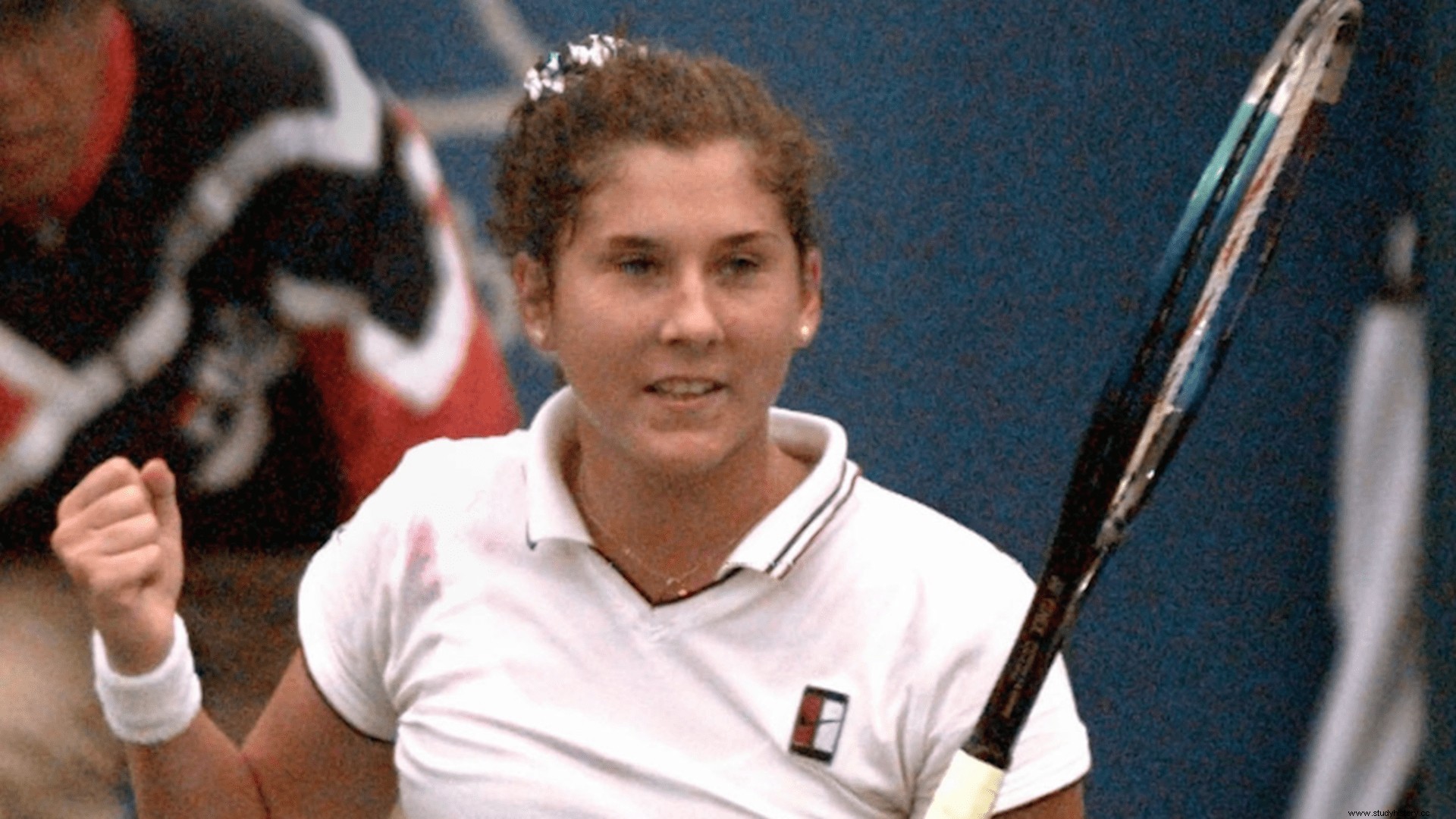
Monica Seles is a former number one ranked women's tennis player. At the age of 16, she won the French Open, the youngest person to do so. Seles won eight Grand Slam titles before her 20th birthday, which is an incredible feat. But just as her career was gaining momentum, she fell victim to a bizarre attack. April 30, 1993, Seles met Magdalena Malveena in Hamburg, Germany. Suddenly a man in the stands ran onto the pitch and stuck Seles between her shoulder blades. The attacker's name was Günter Parche, an obsessed fan of the German tennis player Steffi Graf. Parche's plan was to put Seles out of competition so that Graf could take control of women's tennis. And to some extent he was successful.
Seles return
Although Seles' injury only took a few weeks to heal, she took two years off from tennis. Then, in 1995, she returned to professional tennis. That year, Seles won his first comeback tournament, the Canadian Open. In early 1996, Seles won the Australian Open, her fourth victory in that tournament. To win the Australian Open, Seles came back from a set deficit of 5-3 in the semifinals. The 1996 Australian Open was the last Grand Slam title Seles won in his career. She wanted to lose the US Open final match in 1996 to Graf, and she struggled to maintain her best playing style. Her last Grand Slam final appearance was at the French Open in 1998, where she was defeated.
Some claim that Seles became a changed tennis player after the stabbing in 1993:she could not regain her previous success. While there may be a glimmer of truth in that argument, the fact that Seles returned at all after such a terrible attack is proof of her resilience and courage.
George Foreman:1994
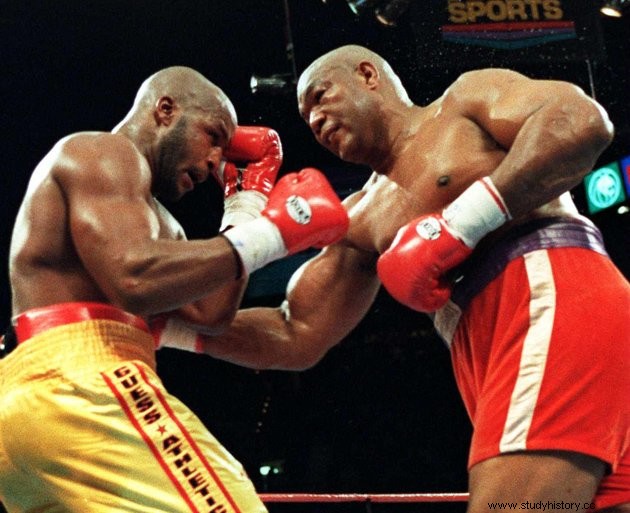
Until 1974, George Foreman was one of the most feared boxers on the planet. All this changed when Muhammad Ali beat him in Zaire. Foreman was crushed by the loss. He lost some of his killer instinct. People ridiculed him for losing to the much older Ali. Throughout 1975, Foreman did not enter the boxing ring. However, he participated in an exhibition match, where he fought against five men in one night. The event was ridiculed by many. In 1976, he announced a comeback with the intention of winning back the heavyweight championship. He began his comeback with a brutal war against the hard-hitting Ron Lyle. He followed that victory with a knockout victory against Joe Frazier. It seemed as if George Foreman was returning to his former self. However, he lost in 1977 by decision to the cunning boxer Jimmy Young. After the match, Foreman experienced a life-changing event.
He was exhausted and suffering from heat stroke. He collapsed in the closet. While unconscious, Foreman claims to have entered a world of hell filled with nothingness and despair. He described it as a near-death experience. When he arrived, Foreman decided that he had just experienced a religious awakening. He quickly left boxing and became a Christian priest. For the next 10 years, Foreman dedicated his life to God.
Foreman's Return
In 1987, Foreman announced that he was returning to boxing. He stated that he wanted to return to earn money to build a youth center in Houston, Texas. He also said he wanted to meet the current heavyweight champion, Mike Tyson. At the age of 38, Foreman had put on a lot since his last match. Most boxing writers and fans treated Foreman's comeback as a joke. Others saw him return as a mistake. And there was always the fear that the chairman would be seriously injured in one of his fights. Many did not give him a chance to win back the heavyweight crown. Foreman played along with the news in his comeback. He joked about weight and age. His friendly, good-natured demeanor contrasted with his former self. As a young man, Foreman was moody, quiet, and aggressive.
Foreman regularly improved his physique and skills. His opponents also became tougher. In 1991, Foreman battled heavyweight champion Evander Holyfield. Although he lost the fight, Foreman showed courage and proved that he was still a skilled boxer.
Foreman vs. Moorer
In 1994, Foreman secured a title shot against champion Michael Moorer. No one gave Foreman great chances against Moorer, who was 19 years younger. The match took place on November 5 in Las Vegas. It was almost exactly 20 years since Foreman lost the title to Ali. To mark this point, Foreman wore the same red pants he did in Zaire.
When the match started, it became clear that Moorer would not have any problems with his older opponent. Moorer constantly moved around the ring and threw combinations. All Foreman could do was clear out and throw one or two blows. After nine rounds, Foreman's face was swollen. It looked like Moorer had secured an easy victory. In the 10th round, however, Foreman launched a comeback. He received several of his blows. Suddenly, Foreman threw a shot to the right hand that connected to Moore's chin. He fell and was calculated by the referee. And just like that, George Foreman became world heavyweight champion.
At the age of 45, Foreman became the oldest boxer to win a world title. His victory proved that age does not always prevent people from reaching their goals. Achieving the impossible, George Foreman's return to boxing is one of the greatest individual comebacks in sports history.
the conclusion
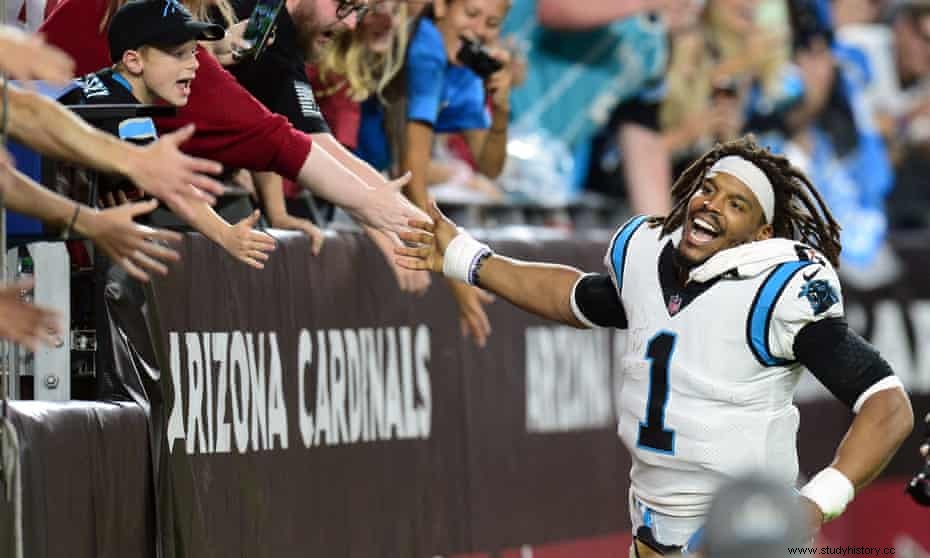
Professional sports have seen several incredible comebacks. Many teams have fought back from low points and achieved victory. Individual players have also staged remarkable returns and comebacks. They may have returned from a poor performance. Or they may have risen from a low point in their careers to return to the top of their field. The sports figures on this list encountered various difficulties. They range from an imposed exile (Muhammad Ali) to fighting cancer (Eric Berry). In each case, the person fought through adversity and returned to glory.
